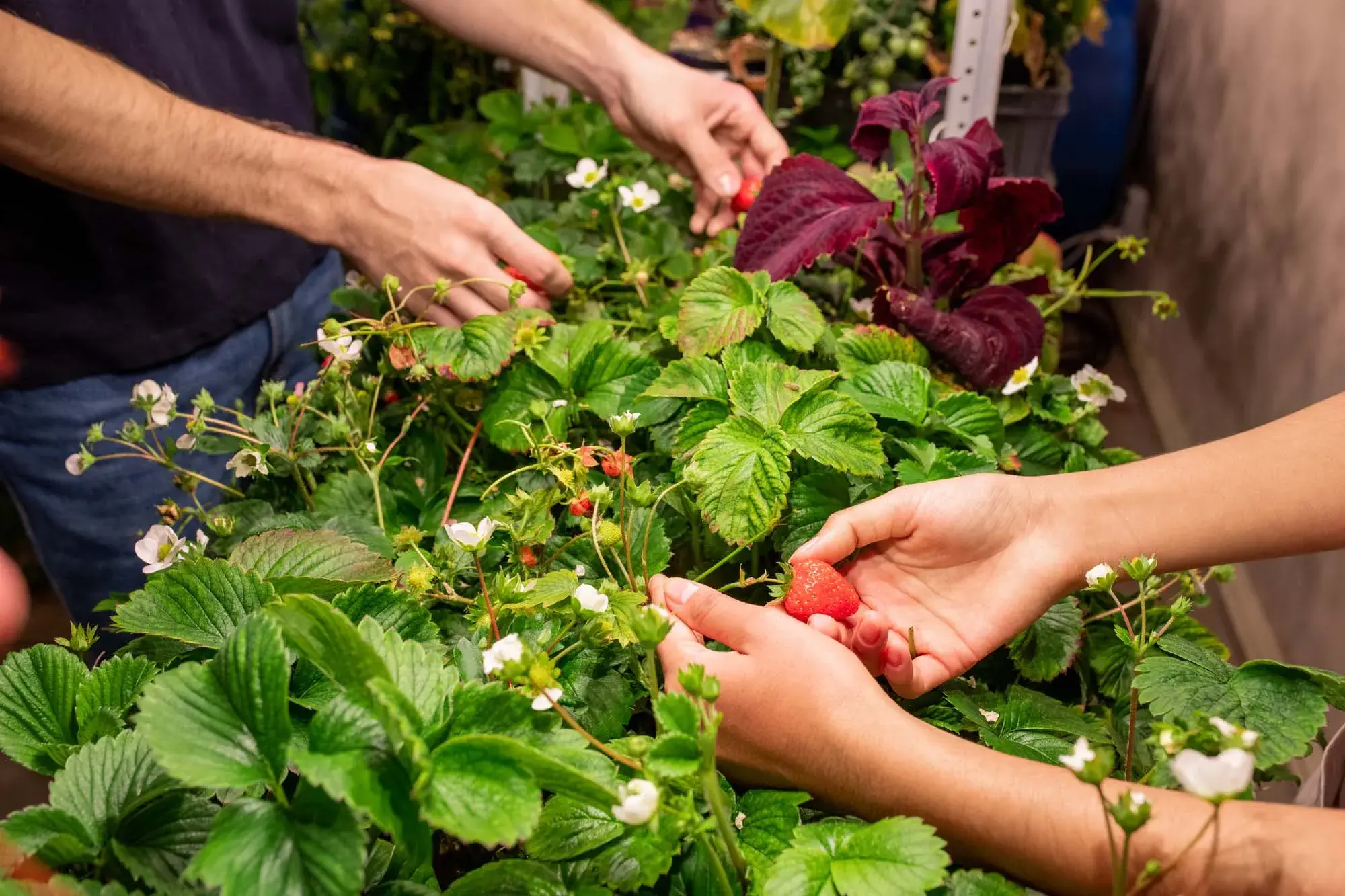
Technology has completely transformed agricultural practices with innovative approaches. One of the most promising directions in modern agriculture is the use of crowdsourcing, which allows for mass data collection from a wide range of users, from farmers and researchers to enthusiasts and plant lovers. Through this collective approach, the community contributes valuable information used to optimize conditions for growing specific plant species.
Crowdsourcing in agriculture refers to the process of gathering data, ideas, or resources from a large number of people rather than a limited number of experts. In the context of agriculture, crowdsourcing is used to collect data on various aspects of plants, soil, climatic conditions, diseases, pests, and other factors that impact agricultural production. Data is gathered through digital platforms, mobile apps, and other online tools, where farmers, researchers, and plant enthusiasts can join and contribute their observations and experiences.
By utilizing crowdsourcing, it is possible to collect vast amounts of real-time data, enabling detailed analysis and the development of personalized recommendations for optimizing plant cultivation conditions. This approach is particularly useful in precision farming, which relies on data and technology to improve efficiency, reduce resource usage, and increase yields.
Precision farming involves the use of advanced technologies, such as sensors, drones, satellite imagery, and data analysis applications, to precisely monitor plant growth conditions, soil quality, and climate changes. Through crowdsourcing platforms, farmers and plant enthusiasts can contribute data that helps develop better models for managing agricultural practices.
Soil Condition Monitoring: Crowdsourcing platforms can be used to collect data on soil moisture, pH levels, nutrient content, and other parameters affecting soil quality. This data helps in making informed decisions on when and how to apply fertilizers, optimizing yields while minimizing environmental damage.
Climatic Conditions and Forecasts: Data on weather conditions, such as temperature, rainfall, wind speed, and humidity, can be collected through crowdsourcing apps that allow users to report local weather changes. This data can help predict weather patterns affecting plant growth and their protection from diseases and pests.
Disease and Pest Monitoring: One of the biggest challenges in agriculture is managing plant diseases and pests. Using crowdsourcing platforms, farmers can report symptoms of diseases and the presence of pests on their crops, creating a shared database that helps in faster identification and eradication of these issues. This approach enables more accurate and timely pesticide use, reducing overuse and environmental impact.
Plant Genetics and New Varieties: Crowdsourcing is also used to gather data on different plant species and their specific traits. People can share information about plant varieties that are resistant to specific diseases, climate conditions, or drought. This data helps in the development of new, more resilient varieties and better adaptation to climate changes.
Benefits:
Increased Accuracy and Precision: By using data from various sources and collective contributions, precise models can be created that allow for better management of agricultural practices.
Faster Response to Changes: Crowdsourcing enables real-time data collection, allowing for faster responses to changes in plant growth conditions, diseases, or pests.
Knowledge Sharing: Through collective data collection, farmers can share their experiences and advice, which contributes to the spread of knowledge and improvement of agricultural practices.
Sustainable Agriculture: Precise monitoring and optimization of resource use reduce the need for excessive use of pesticides, fertilizers, and water, which promotes sustainable agriculture.
Challenges:
Data Quality: One of the biggest challenges in crowdsourcing is ensuring the quality of the data. Incorrectly entered data or incomplete information can lead to inaccurate recommendations.
Privacy and Data Protection: Using crowdsourcing platforms involves sharing data, which raises concerns about privacy and data protection.
Technical Limitations: Although technology has advanced, many farmers in rural areas still lack internet access or the necessary devices for data collection.
Crowdsourcing in agriculture represents a significant step toward the development of precision farming, enabling fast and accurate data collection that helps farmers optimize their practices. By using crowdsourcing platforms, valuable information can be accessed to improve conditions for growing specific plants, reduce resource consumption, and increase yields. While challenges like data quality and privacy protection remain, the benefits of this innovative approach make it a key element in shaping the future of sustainable and efficient agriculture.
Crowdsourcing in agriculture also plays a crucial role in fostering collaboration and inclusivity. By engaging a wide range of participants, from large farms to smallholders and even urban gardeners, this approach democratizes access to agricultural knowledge and resources. It allows diverse experiences to contribute to a more comprehensive understanding of agricultural challenges. Localized insights, such as how certain plants behave in microclimates or under specific pest pressures, can be shared within communities, creating a knowledge network that benefits all involved. Additionally, the collected data can be used to develop targeted agricultural policies that support farmers based on real-world experiences, rather than relying solely on top-down expertise. As the world faces the challenge of feeding a growing population with fewer resources, the collective power of crowdsourced data could become a key tool in ensuring that agriculture remains adaptable, resilient, and efficient in addressing global climate change.